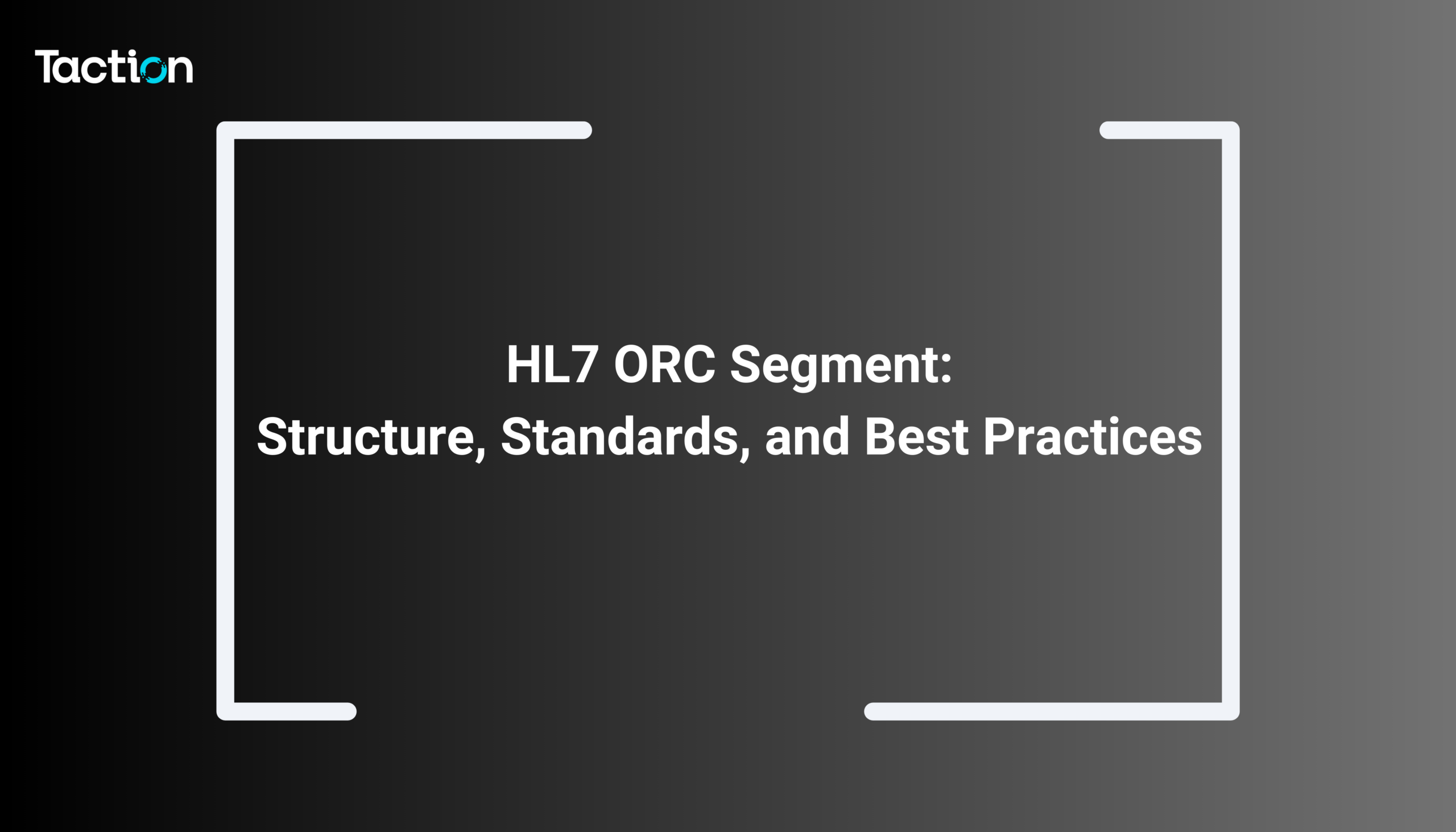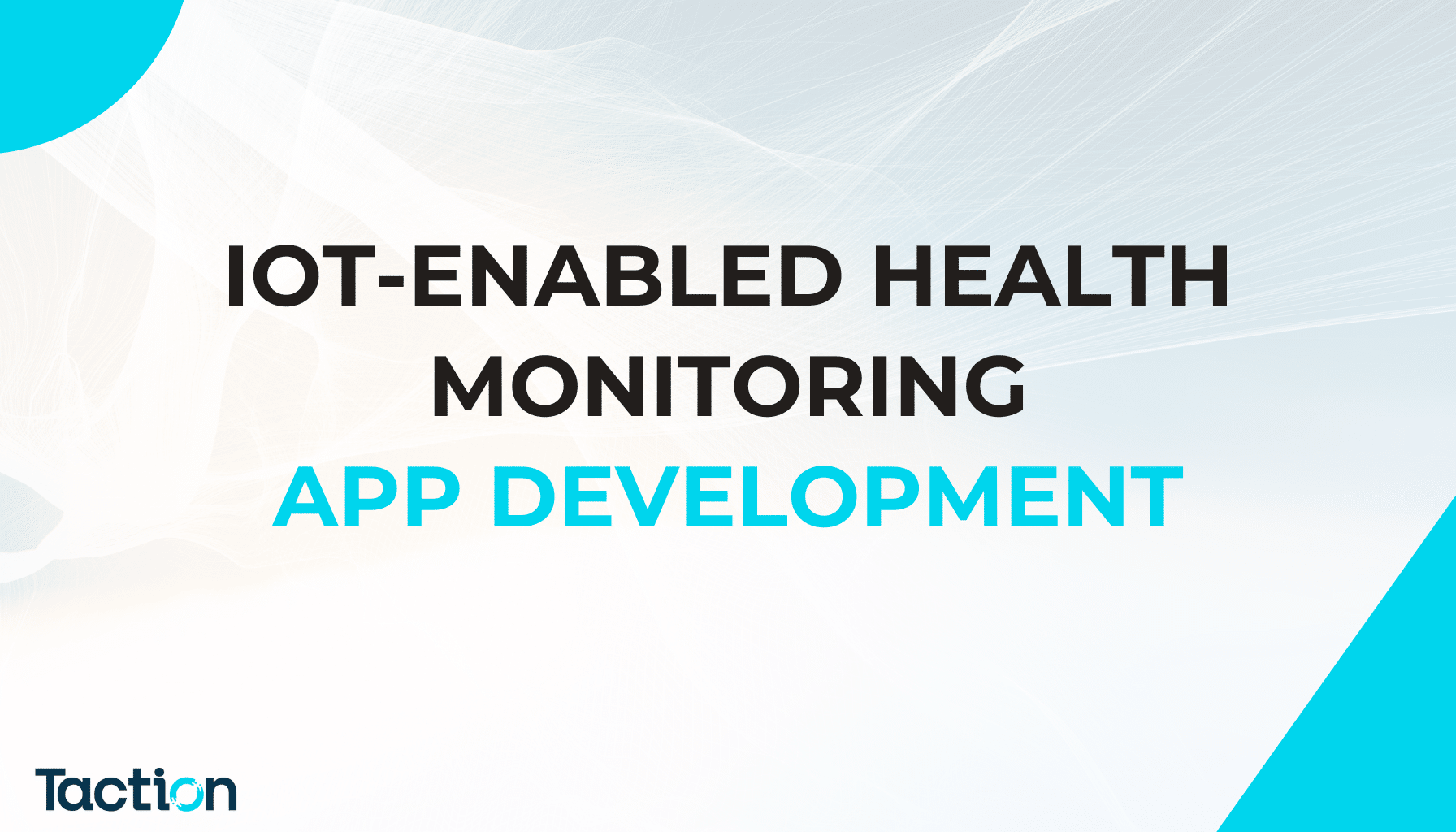Introduction to HL7 and the ORC Segment
Health Level Seven (HL7) is a set of international standards for the exchange, integration, and retrieval of electronic health information. It facilitates seamless communication between healthcare systems, enabling interoperability across different platforms, such as Electronic Health Records (EHRs), laboratories, and pharmacies. HL7 plays a critical role in improving data accuracy, reducing errors, and enhancing the efficiency of healthcare delivery.
One of the key components of HL7 messaging is the Order Control (ORC) segment, which is part of the standard protocol for managing clinical orders. The ORC segment provides essential details about the control, status, and handling of medical orders, such as medication prescriptions, lab tests, or imaging requests. It ensures that orders are accurately transmitted and tracked within the healthcare system.
By standardizing order communication, the ORC segment enhances data consistency, supports effective clinical workflows, and ensures timely delivery of patient care services.
Understanding different HL7 segments, including ORC, is essential for seamless healthcare interoperability. If you’re looking for a deep dive into HL7 ADT event types and their significance, check out our detailed guide on HL7 ADT event types
Structure of the ORC Segment
The Order Control (ORC) segment in HL7 messaging provides critical information about the management and status of medical orders. It serves as a foundational component for order communication, ensuring that each order is accurately tracked and processed. The ORC segment consists of multiple fields, each serving a specific purpose in the order lifecycle.
Key Fields in the ORC Segment:
- ORC-1 (Order Control):
This field specifies the action being performed on the order, such as placing a new order, canceling an existing one, or modifying an order. Common values include “NW” (New Order), “CA” (Cancel Order), and “RE” (Release Order). ORC-1 provides clarity on the status and intent of the order. - ORC-2 (Placer Order Number):
The Placer Order Number is a unique identifier assigned by the system or provider initiating the order. This field ensures that orders can be tracked back to their origin, facilitating accurate order management and reducing the risk of duplication or loss. - ORC-3 (Filler Order Number):
Assigned by the system fulfilling the order (e.g., a laboratory or pharmacy), the Filler Order Number is used to track the order’s processing and completion status. It helps ensure that the order results are accurately linked to the original request.
Importance of Accurate Field Population:
Accurate and consistent population of ORC fields is essential for effective communication between systems. Errors in these fields can lead to miscommunication, delayed treatments, or even incorrect patient care. By adhering to HL7 standards and ensuring accurate data entry, healthcare organizations can maintain seamless interoperability, streamline workflows, and improve patient outcomes. Each ORC field plays a vital role in the order management process, supporting efficient and error-free healthcare delivery.
Standards Governing the ORC Segment
The ORC (Order Control) segment is defined and regulated by HL7 Version 2.x standards, which are widely adopted in healthcare for structured messaging and data exchange. These standards establish clear guidelines for the structure, sequencing, and field requirements of the ORC segment, ensuring that data is communicated consistently and accurately across systems. Each field within the ORC segment has a specific data type and length, ensuring uniformity in how information such as order control actions, identifiers, and status updates is transmitted.
HL7 standards specify that the ORC segment can be used independently or in conjunction with other segments like OBR (Observation Request) and RXO (Pharmacy/Treatment Order), depending on the type of medical order. This flexibility allows the ORC segment to handle diverse clinical workflows, from medication prescriptions to diagnostic test requests.
Compliance Requirements
Healthcare organizations must comply with HL7 standards to achieve seamless interoperability. This involves adhering to proper field usage, ensuring unique identifiers for orders, and validating data accuracy before transmission. Compliance also supports regulatory requirements, such as those outlined by HIPAA, which emphasize secure and standardized data exchange to protect patient information.
Role of the ORC Segment in Standardized Data Exchange
The ORC segment plays a pivotal role in maintaining consistency and reliability in clinical communication. By providing a standardized framework for order-related data, it ensures that information flows smoothly between disparate systems, reducing the risk of errors, delays, and misinterpretations. This standardization ultimately enhances care coordination, patient safety, and the overall efficiency of healthcare delivery.
Best Practices for Implementing the ORC Segment
Implementing the ORC (Order Control) segment in HL7 messaging requires careful planning and adherence to best practices to ensure data integrity and seamless communication. Below are key guidelines and solutions to common challenges:
1. Guidelines for Correctly Populating ORC Fields
- Standardized Field Usage: Populate each field in the ORC segment according to HL7 specifications. For example, use predefined codes for ORC-1 (Order Control) to clearly indicate actions like “NW” for New Order or “CA” for Cancel Order.
- Unique Identifiers: Ensure that ORC-2 (Placer Order Number) and ORC-3 (Filler Order Number) are populated with unique, system-generated values to prevent duplicate or mismatched orders.
- Consistent Data Formats: Follow consistent date, time, and alphanumeric formats in fields like ORC-9 (Date/Time of Transaction) to avoid parsing errors.
2. Common Challenges and Solutions
- Data Entry Errors: Manual data entry can lead to inaccuracies. Solution: Implement automated data capture tools and use dropdowns or pre-filled templates to minimize human error.
- System Integration Issues: Incompatibilities between systems can disrupt data flow. Solution: Perform compatibility testing and ensure all systems follow HL7 standards for smooth integration.
Resistance to Change: Staff may hesitate to adopt new workflows. Solution: Conduct training sessions and emphasize the benefits of accurate order management.
3. Importance of Testing and Validation
Thorough testing is essential to ensure the ORC segment functions correctly within the broader HL7 message framework. Conduct end-to-end validation to verify that all ORC fields are accurately populated, transmitted, and interpreted by receiving systems. Regular audits and system updates are also critical to maintaining compliance and optimizing performance.
By following these best practices, healthcare organizations can achieve efficient and error-free implementation of the ORC segment, ultimately improving patient care and operational workflows.
Common Use Cases of the ORC Segment
The ORC (Order Control) segment is a crucial component of HL7 messaging, used in a variety of scenarios to manage clinical orders efficiently. Below are some common use cases:
1. Order Placements
The most frequent use of the ORC segment is for placing new orders, such as prescriptions, lab tests, or imaging studies. For instance, when a physician orders a blood test, the ORC segment includes details like the order control type (ORC-1 set to “NW” for New Order) and the unique identifiers (ORC-2 and ORC-3) to track the test request through the laboratory workflow.
2. Order Cancellations
The ORC segment is also used to cancel previously placed orders. For example, if a patient’s treatment plan changes and a scheduled MRI is no longer necessary, the ORC-1 field is set to “CA” (Cancel Order) to notify the radiology department, ensuring that the cancellation is properly logged and communicated.
3. Status Updates
Another important application is providing updates on the status of an order. For instance, a pharmacy might use the ORC segment to update the status of a medication order to “completed” or “in progress,” ensuring that all relevant departments have accurate, real-time information.
Practical Application in Healthcare Settings
In a hospital setting, the ORC segment enables seamless communication between departments. A physician places an order for a CT scan, the radiology department updates the status through the ORC segment, and results are linked back to the patient’s record—all ensuring timely and coordinated care delivery.
These use cases highlight the ORC segment’s critical role in managing and tracking orders, ensuring efficient and error-free healthcare operations.
Integration of the ORC Segment with Other HL7 Segments
The ORC (Order Control) segment functions as the backbone of order management in HL7 messages, interacting closely with other segments such as OBR (Observation Request) and PID (Patient Identification) to ensure accurate and efficient data exchange.
1. Interaction with OBR Segment
The ORC segment is often paired with the OBR segment, which provides detailed information about diagnostic or clinical observations. For example, when a physician orders a lab test, the ORC segment communicates the order’s control and status, while the OBR segment specifies the test type, requested date, and any special instructions. This pairing ensures that the order is both placed and fulfilled accurately.
2. Interaction with PID Segment
The PID segment contains essential patient information, such as name, ID, and demographic details. The ORC segment references the PID segment to associate orders with the correct patient, ensuring that medical orders like lab tests or prescriptions are accurately linked to the intended recipient.
3. Significance of Segment Sequencing and Hierarchy
In HL7 messages, segment sequencing and hierarchy are crucial for maintaining data integrity. The ORC segment typically precedes OBR, RXO (Pharmacy/Treatment Order), or other order-related segments, establishing the overarching control and status of the order. Proper sequencing ensures that the receiving system processes the message accurately, maintaining consistency and preventing errors.
By integrating seamlessly with other HL7 segments, the ORC segment plays a vital role in streamlining order workflows, reducing errors, and improving patient care through reliable and efficient communication.
Conclusion
The ORC segment is a fundamental component of HL7 messaging, facilitating efficient order management and communication across healthcare systems. It ensures that orders are accurately placed, tracked, and updated by interacting seamlessly with other segments like OBR and PID. Proper implementation, guided by HL7 standards and best practices, enhances data integrity, reduces errors, and streamlines workflows. By adhering to these standards, healthcare organizations can achieve seamless interoperability, improve patient outcomes, and ensure regulatory compliance. The ORC segment’s role in maintaining consistent and reliable data exchange makes it indispensable for modern healthcare operations
These use cases highlight the ORC segment’s critical role in managing and tracking orders, ensuring efficient and error-free healthcare operations.













